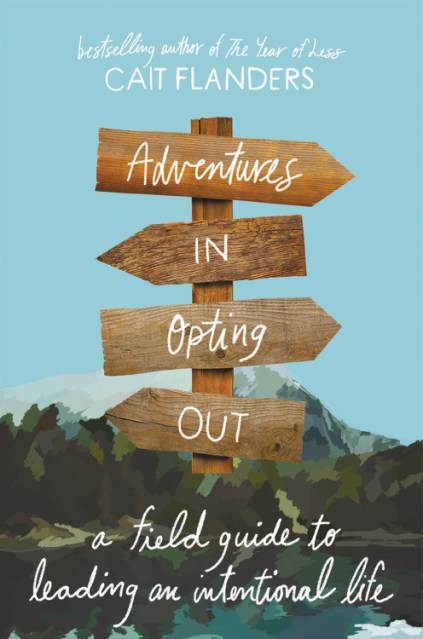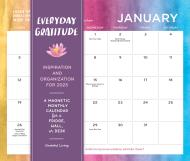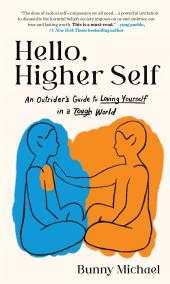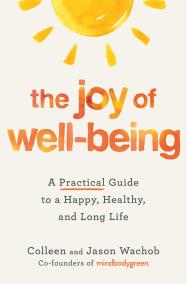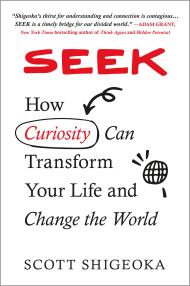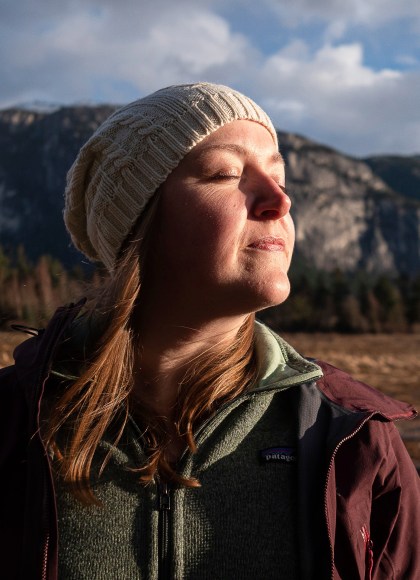Promotion
Shop now and save 20% on your back-to-school purchases & get free shipping on orders $45+ Use code: SCHOOL24
Adventures in Opting Out
A Field Guide to Leading an Intentional Life
Contributors
Formats and Prices
Price
$27.00Price
$34.00 CADFormat
Format:
- Hardcover $27.00 $34.00 CAD
- ebook $13.99 $17.99 CAD
- Audiobook Download (Unabridged) $24.99
This item is a preorder. Your payment method will be charged immediately, and the product is expected to ship on or around September 15, 2020. This date is subject to change due to shipping delays beyond our control.
Also available from:
We all follow our own path in life. At least, that’s what we’re told. In reality, many of us either do what is expected of us, or follow the invisible but well-worn paths that lead to what is culturally acceptable. For some, those paths are fine — even great. But they leave some of us feeling disconnected from ourselves and what we really want. When that discomfort finally outweighs the fear of trying something new, we’re ready to opt out.
After going through this process many times, Cait Flanders found there is an incredible parallel between taking a different path in life and the psychological work it takes to summit a mountain — especially when you decide to go solo. In Adventures in Opting Out, she offers a trail map to help you with both. As you’ll see, reaching the first viewpoint can be easy — and it offers a glimpse of what you’re walking toward. Climbing to the summit for the full view is worth it. But in the space between those two peaks you will enter a world completely unknown to you, and that is the most difficult part of the path to navigate.
With Flanders’s guidance and advice, drawn from her own journey and stories of others, you’ll have all the encouragement and insight you’ll need to take the path less traveled and create the life you want. Just step up to the trailhead and expect it to be an adventure.
- On Sale
- Sep 15, 2020
- Page Count
- 272 pages
- Publisher
- Little Brown Spark
- ISBN-13
- 9780316536943
Newsletter Signup
By clicking ‘Sign Up,’ I acknowledge that I have read and agree to Hachette Book Group’s Privacy Policy and Terms of Use
